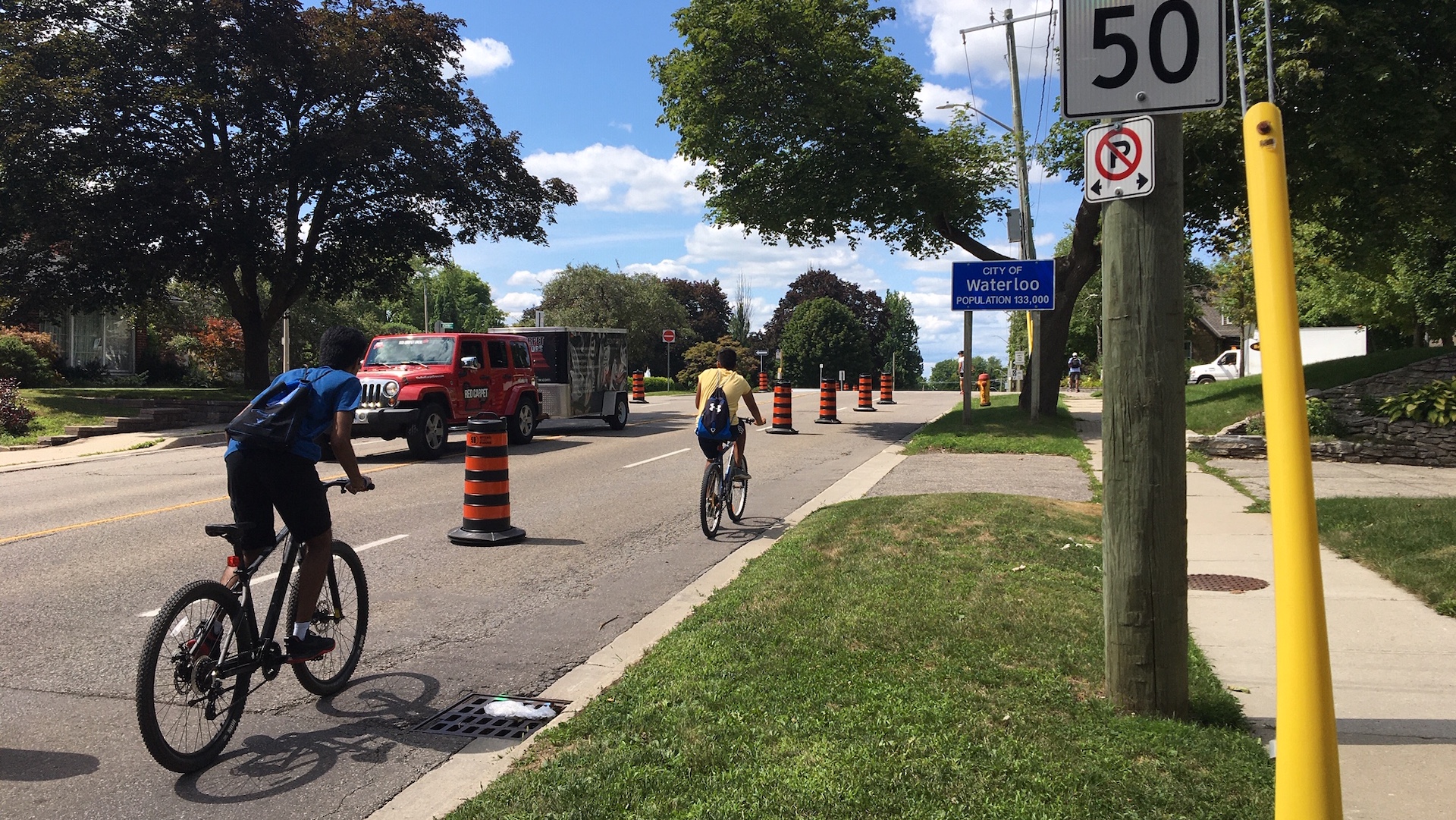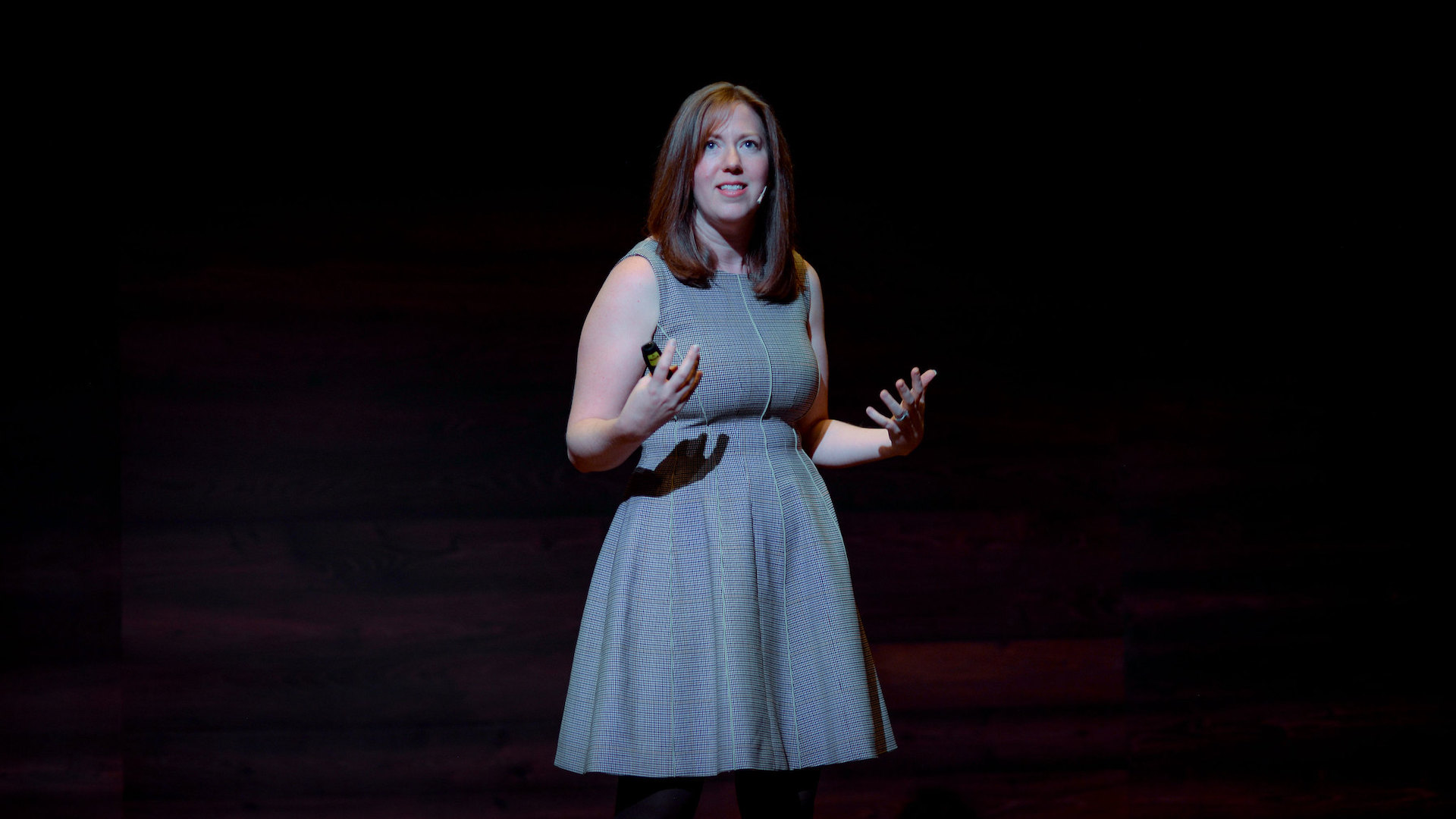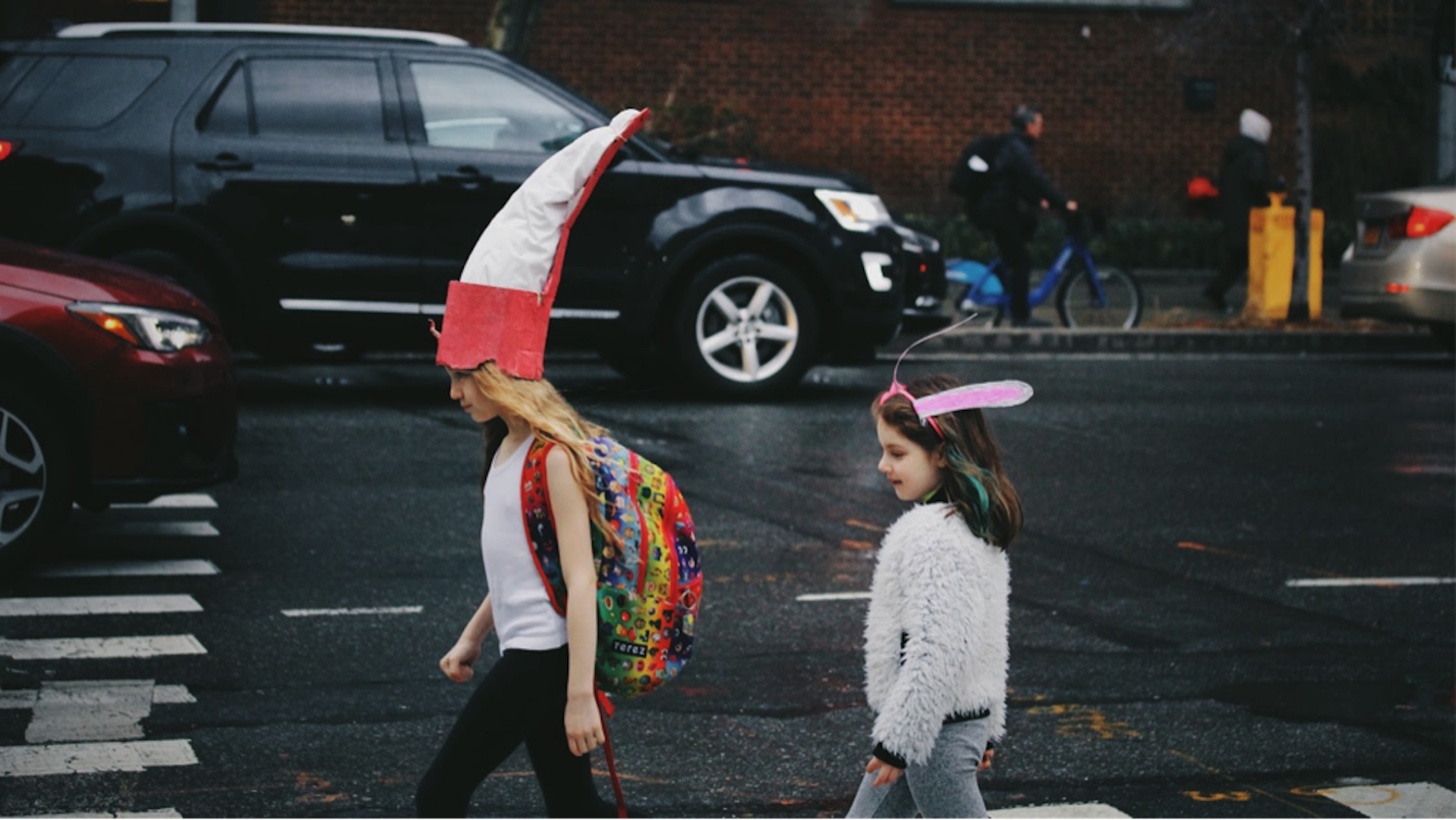When the construction barrels creating temporary bike lanes on Westmount Road appeared one day, Troy Miller wasn’t happy.
“I thought it was a poor choice to have them on a main artery,” said Miller, who lives near Westmount Road South and Alexandra Avenue.
He hadn’t seen many cyclists using Westmount before, and didn’t think the temporary bike lanes would get much use.
But soon after the separated bike lanes went up, Miller’s opinion changed.
“I’ve never seen so many bicycles,” he said. “I didn’t think people would use it but I was proved wrong.”
The region added 24 kilometres of temporary separated lanes on some regional roads, including Westmount, in July. The cycling lanes, which will come down at the end of October, were installed to give both cyclists and pedestrians more room after urban trails became so busy it was hard to physically distance. While the pandemic has led to busier trails and an increased demand for cycling, it’s also meant less road traffic as most people began working from home.
Regional traffic counters also support stories like Miller’s about increased cycling.
Before the separated cycling lanes were installed, the region counted approximately 1,200 cyclists a week at Westmount Road and Glasgow Street. By July 26 — after the separated bike lanes went in — the region counted about 1,800 cyclists a week at the same intersection, a 50 per cent increase, said David Trueman, interim chair of advocacy group CycleWR.
Miller said he’s been “pleasantly surprised” by how much bike traffic there’s been.
“That’s the fourth cyclist to go by while we’ve been talking,” he said, as a cyclist pedalled north on Westmount in the bike lanes.
A few minutes later, another two cyclists, a woman and young girl, were using the separated bike lanes.
The transition to separated bike lanes hasn’t been perfect — Miller said he would have liked to know about the region’s plan earlier, and some of his neighbours on Westmount have had a harder time because they now have to cross two lanes of traffic to get out of their driveways. Garbage day is a bit of a problem and in Cambridge, there are also some concerns about traffic congestion.
But after some initial fine tuning, there hasn't been any significant problems in Kitchener or Waterloo, said Trueman.
While some people may complain about traffic congestion in Kitchener and Waterloo because of the temporary bike lanes, statistics from traffic technology company TomTom don’t support those complaints. Congestion is still down in Kitchener and Waterloo and there hasn’t been any change since the bike lanes went in.
Biking to the office just after lunch. Snapped this pic on Westmount by the T & T grocery. Quiet days on the roads. pic.twitter.com/eBa9rvy8qq
— Dave Jaworsky (@DaveJaworsky) August 6, 2020
“We don’t have rush hour anymore basically,” said Trueman. “It’s gone pretty smoothly in Kitchener and Waterloo.”
Cambridge is another story, he said, where there are more issues with traffic during the afternoon peak.
While the response has been more positive than negative, it’s been particularly negative in Cambridge, said regional councillor Tom Galloway.
Some Cambridge drivers argue the temporary bike lanes are slowing down paramedics as they’re trying to access Cambridge Memorial Hospital on Coronation Drive, where some of the temporary separated bike lanes were installed. But paramedics — a regional service that was consulted before the temporary bike lanes went up — said it hasn’t been an issue.
When an ambulance with lights and siren activated approaches while you are driving in an area with temp. bike lanes, don't panic! Continue to where you can safely pull to the right and let us pass. @ROWParamedics vehicles change the stoplights to green when on an emergency run! pic.twitter.com/XUlPIGAiHX
— Region of Waterloo Paramedic Services (@ROWParamedics) July 28, 2020
Drivers are mostly upset that they’re being slowed down and taking a bit longer to go the distance they need to go, said Galloway.
But the negativity isn’t exclusive to the temporary bike lanes.
“We see this all the time,” said Galloway. He said people also get upset when new stop signs or traffic signals go up too. “People get upset over change. It’s human nature.”
The region is using the pilot to measure how many people will use a separated bike lane on a busy road. Until the temporary bike lanes come down Oct. 31, regional staff are collecting and reviewing data about how many people are using the bike lanes, said Galloway. Westmount Road is slated for reconstruction, so the region will look at data from the pilot to understand whether it should change anything about the road, such as reducing it to three traffic lanes that include a left-hand centre turning lane, with a separated bike lane in either direction.
Galloway was cycling on Westmount and talked to some residents who said they liked it because the bike lanes have calmed the street down. Trueman belongs to a neighbourhood group where one Westmount resident was also praising the bike lanes for doing the one thing Waterloo police could not: slow cars down.
As for Miller he said the pilot has changed his mind.
“My initial take was negative, but I can’t say I’m completely opposed to them now, especially if it promotes bike use,” he said.





